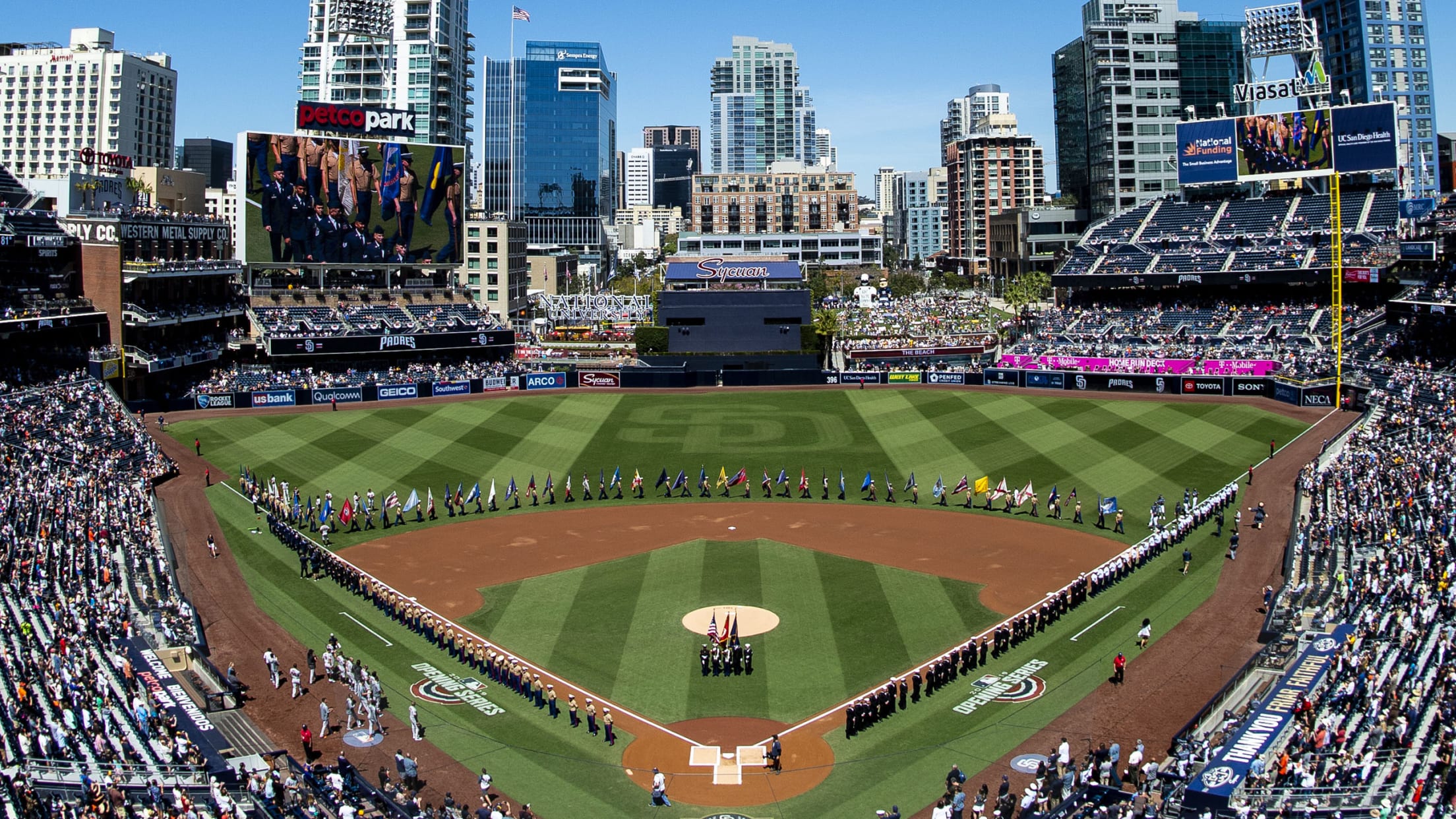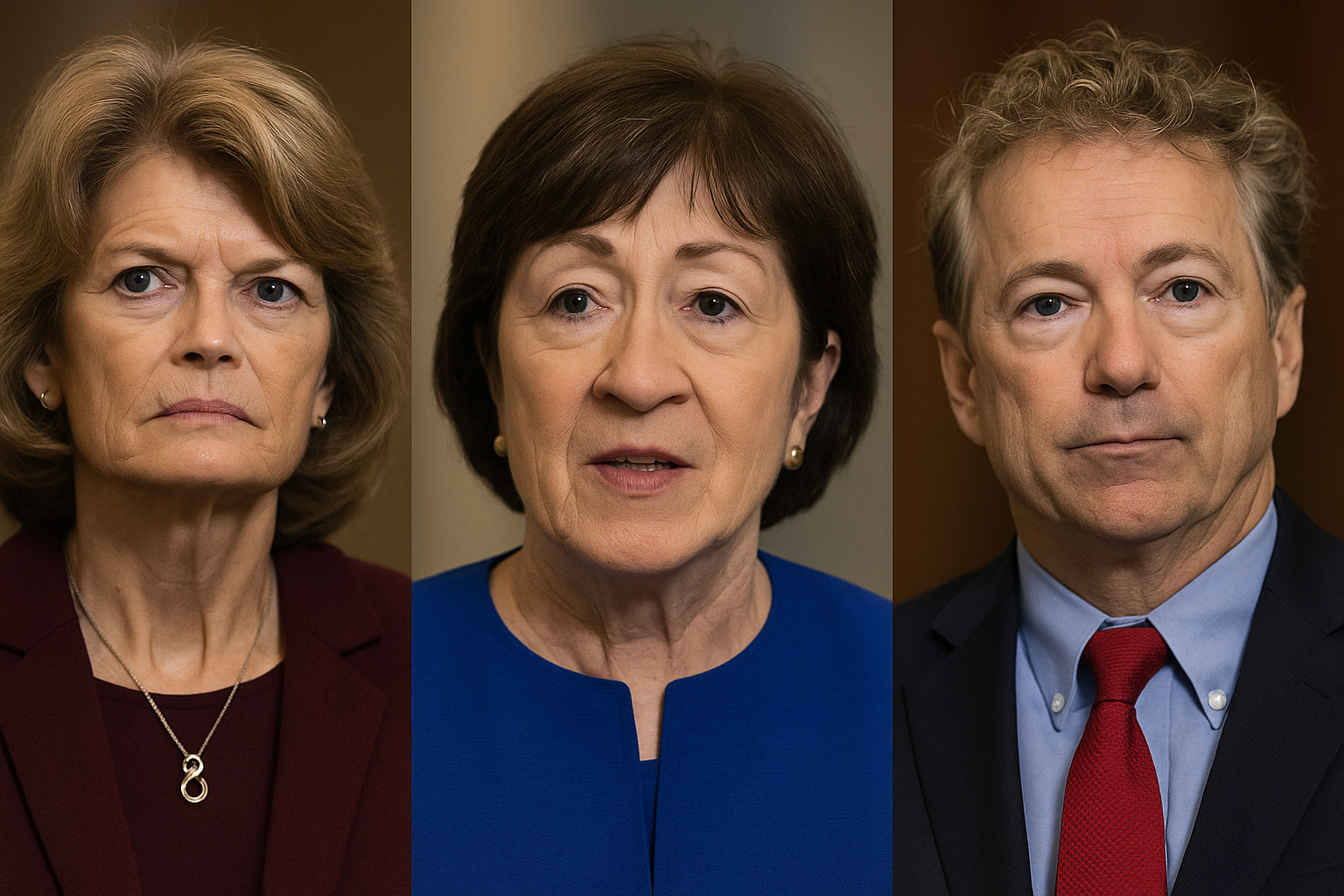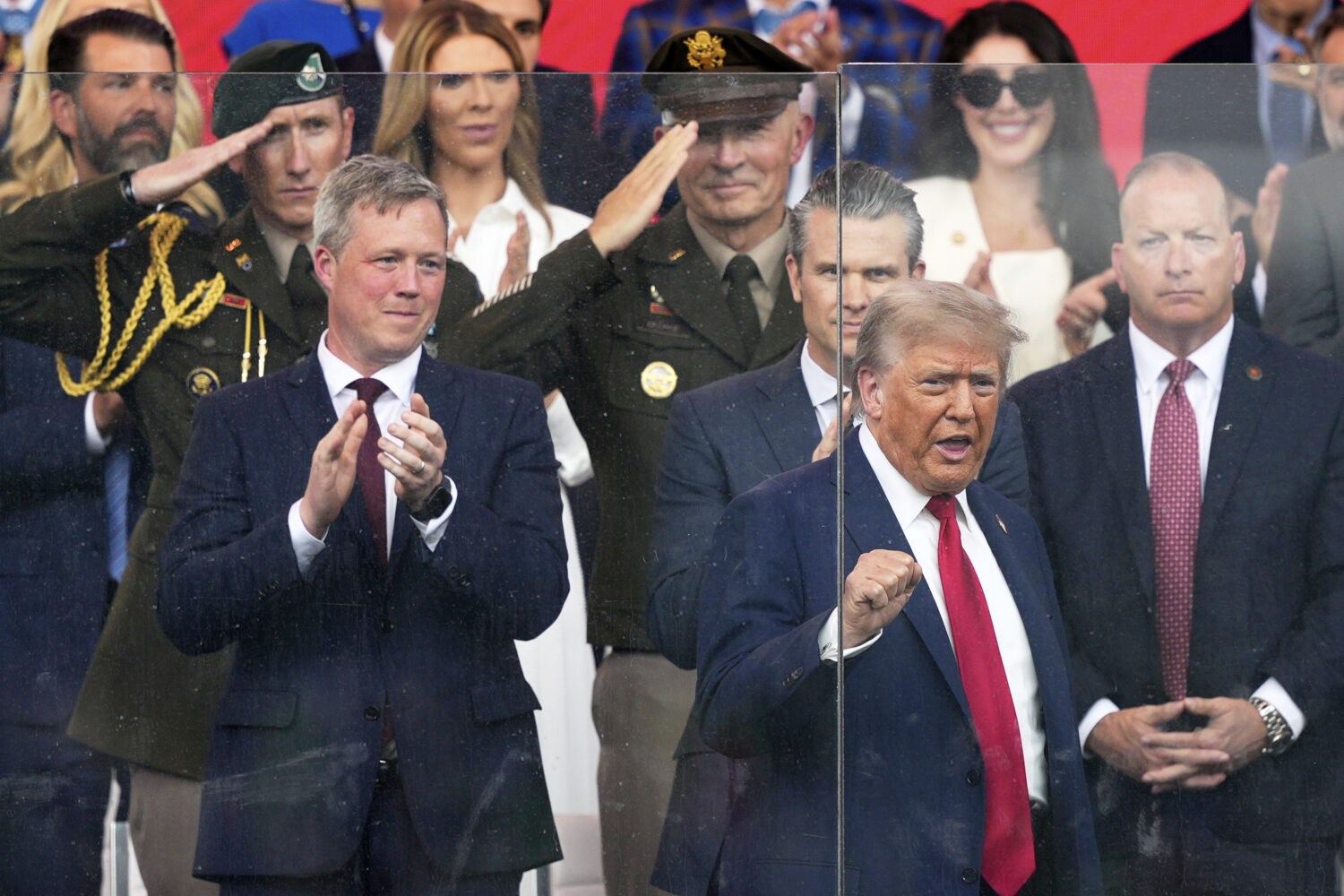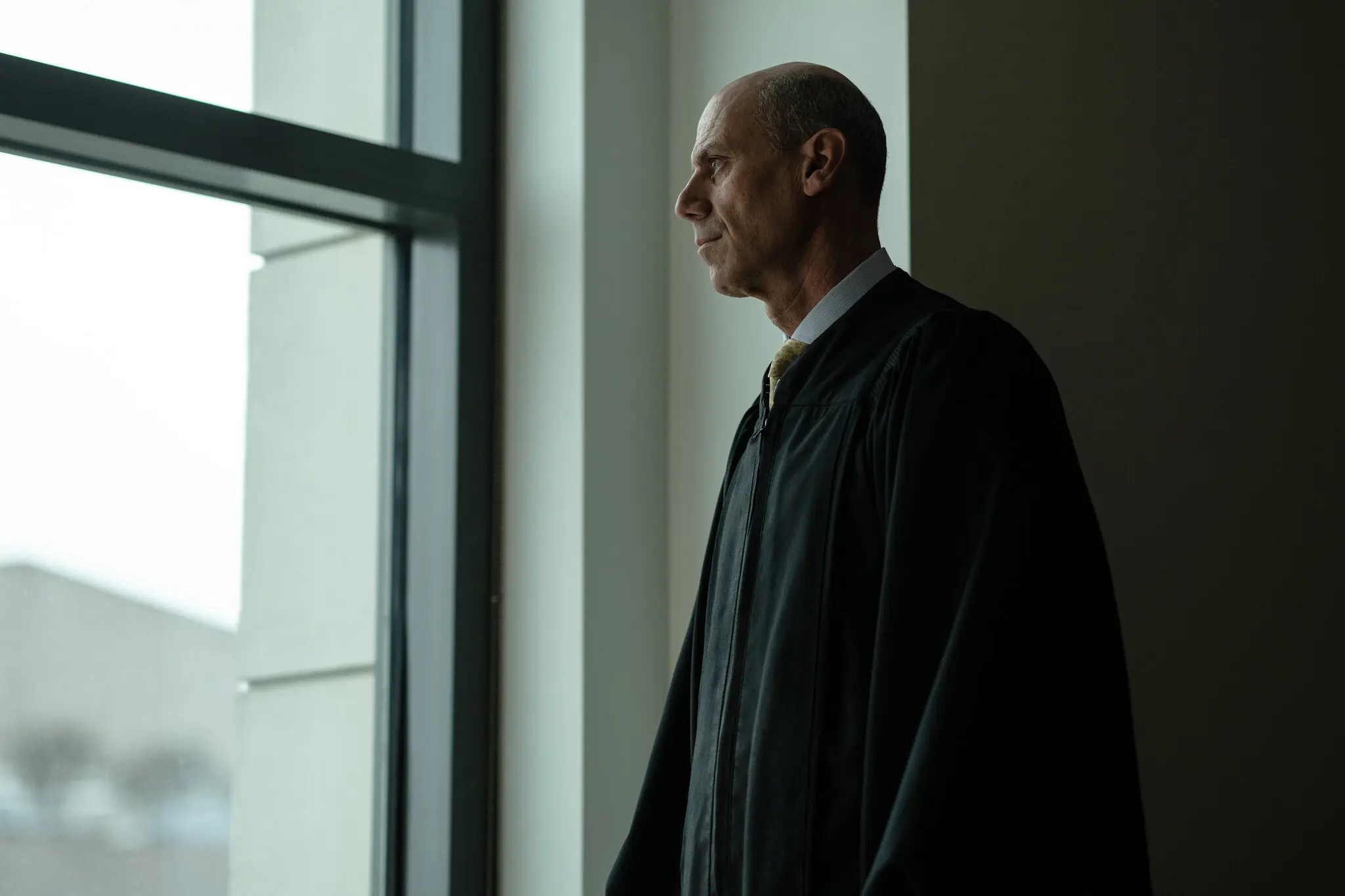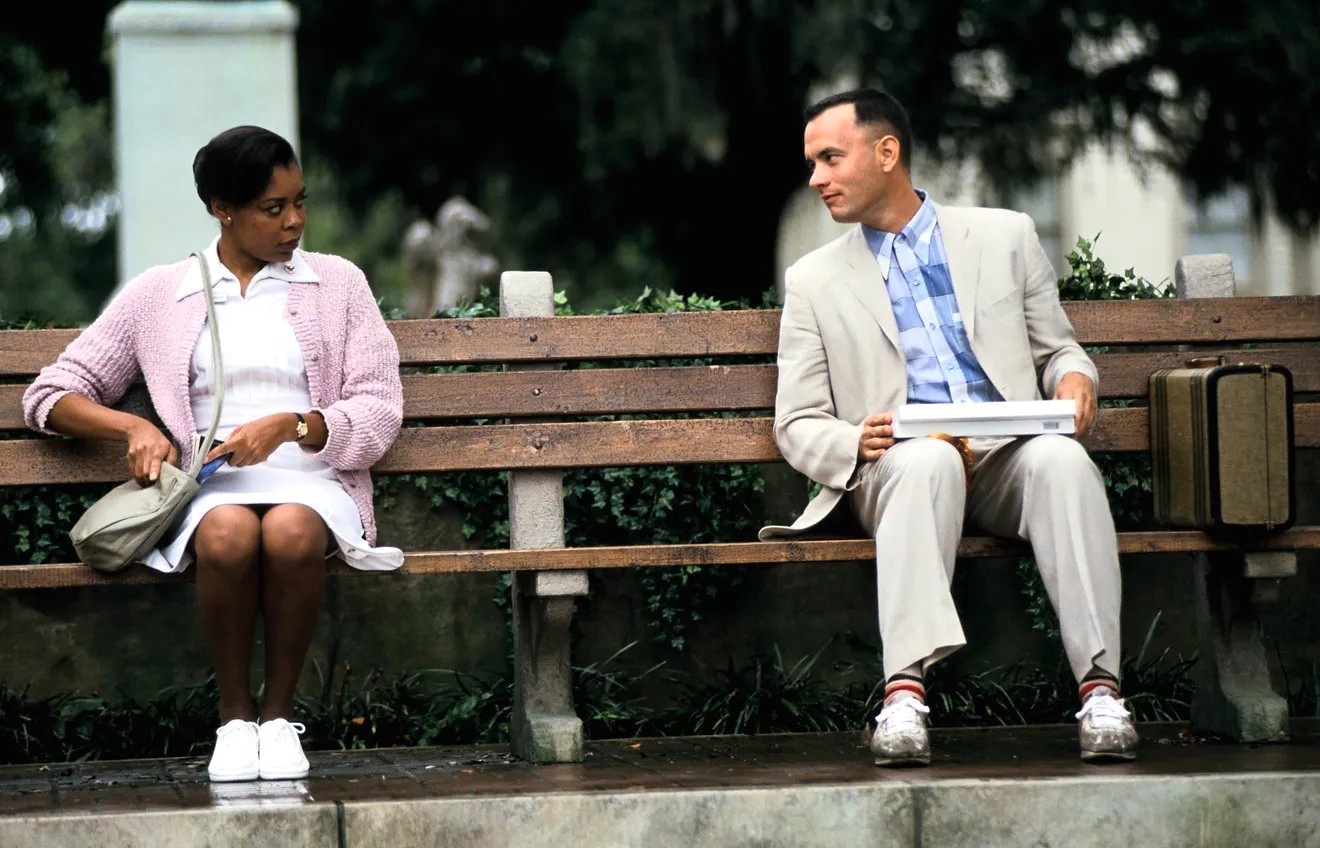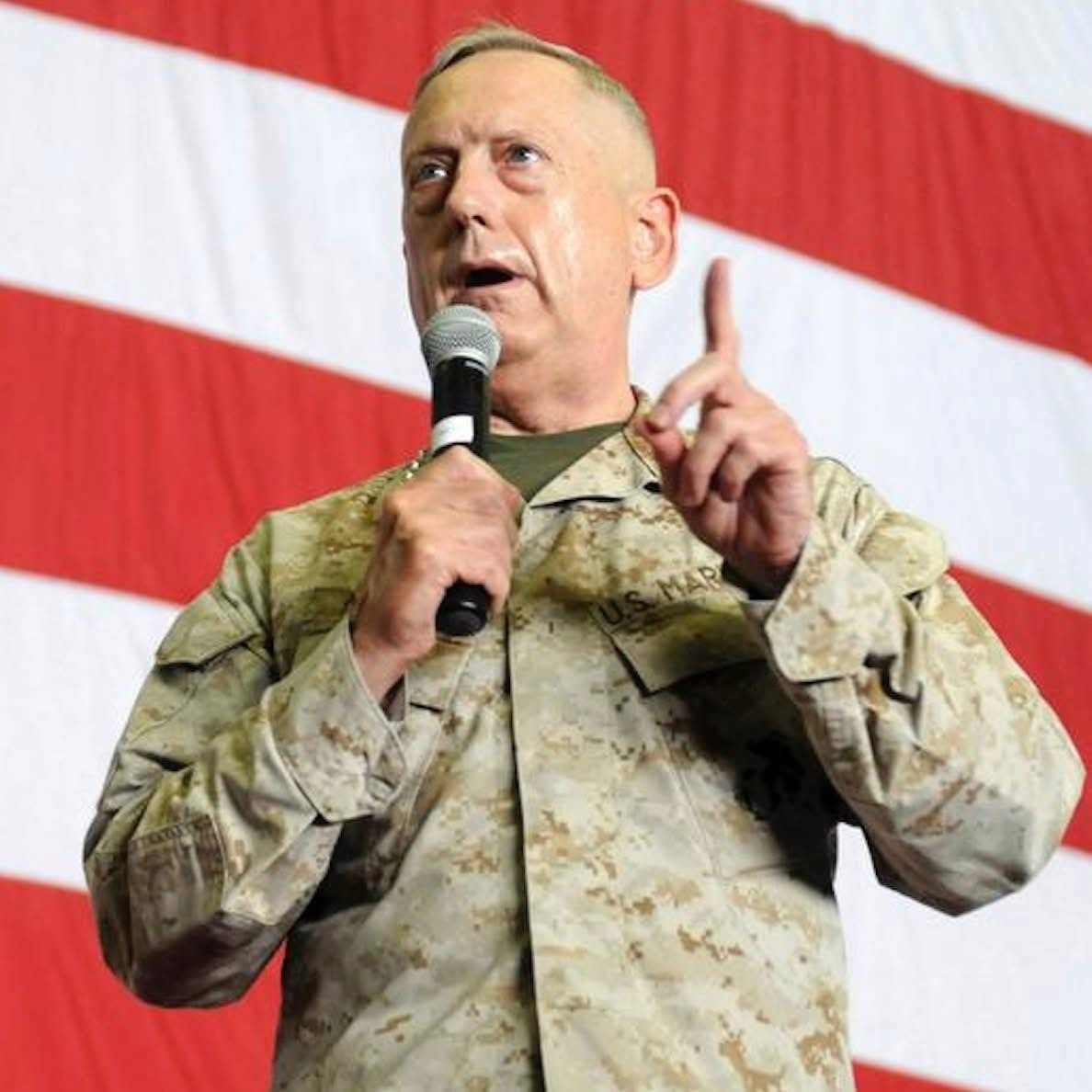Here’s what I remember about that day.
There was snow on the ground when I walked to catch the bus to school that morning. All I kept thinking about, however, was the Algebra exam that afternoon, and that if I were lucky, I’d score a solid 65 percent. (Finding an image of JFK’s high school report card, I was shocked to discover that his first quarter Algebra grade was… 65!)
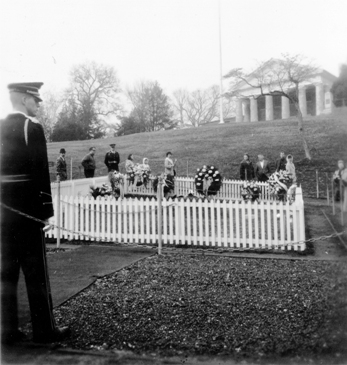
After lunch, we all sat in the classroom awaiting the most intimidating teacher on campus. Mr. Freeman was the tough-as-nails track coach and Algebra teacher who could smell B.S.. For students standing at the blackboard working a problem, Freeman delighted in taunting anyone who was too slow. There were two choices: you either solved the problem or had to tolerate Freeman standing next to you as he explained every… single…humiliating…step.
Freeman stands smiling, ready to pass out a stack of freshly mimeographed test papers. Sometime around 2:00pm Eastern Time, another teacher calls Freeman into the hallway just outside our room. The doors to most of the classrooms were typically left open, and I was seated in a spot that allowed me to clearly see into the hallway. I saw two, then three teachers standing, talking to one another. Something happened, but none of us had a clue.
Freeman returns and announces that the test would be postponed. “The President has been shot and killed in Texas. You will all get up and quietly move to the chapel to offer a prayer for his family.” He stands at the doorway as we all file out, joining others in the hallway. Moving down the stairs to the chapel, the only sound you heard was that of feet on the stairway.
When I returned home from school that afternoon, my dad and I remained glued to the small, black and white TV that we had in the bedroom. While the majority of news stories and documentaries today show color images, the only images available to us at that time were black and white. It was only after LIFE magazine released a special edition that most of us saw the iconic color photos that would define that day.
The streets were hauntingly silent. Everyone was home watching TV, trying to learn the latest details as to what happened and why.
I remember spending Sunday at a friend’s house. With the TV on, I watched as Oswald was suddenly shot, live, by a man who stepped out of a crowd of press and policemen. More questions.
Monday was declared a day of morning, and we all stayed home to watch the funeral in Washington.
Sometime in January or February, I drove with my dad from New York to Washington D.C. – a trip that had been planned for several weeks. We visited the gravesite of President Kennedy, and these are the photos from that visit.
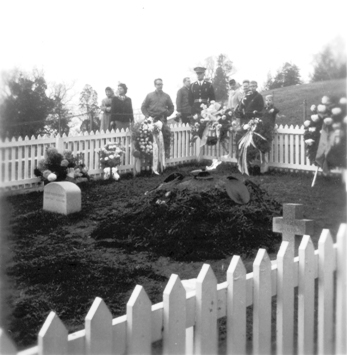
It was overcast that day and very quiet. I snapped three photos from a procession of people moving up the right side and exiting above the “eternal flame.”
In the weeks and months that followed, everyone was searching for answers. By this time, I had moved to California. Finishing my final two years at Notre Dame High School, I read a summary of the Report by the Warren Commission, and at least six books that followed seizing on a variety of mistakes by the Commission – all of which pressed their own theories as to what really happened that day in Dealey Plaza. And each one interpreted the Zapruder film to reinforce their claims.
Will the country ever settle on what happened that day: how many shots, who was involved and why? Probably not.
What I do know is this: Friday, November 22, 1963, represented a turning point for American consciousness. The country clearly changed from a keen optimism to a creeping cynicism; from buoyant hope to a numb melancholy.
Today, we live in a two cycle Washington: paralysis or crisis. The only thing that separates the two is waiting.
What would President Kennedy have to say about all this? Had he lived, he would’ve been 96. Had he lived, we would have heard the words he was getting ready to deliver in Austin later that afternoon in November. They are words both reflective of our past and vital to our future; words that ironically address the current climate in Washington, and they deserve selfless reflection by those in positions of leadership:
“This is a time for courage and a time of challenge,” Kennedy wrote. “Neither conformity nor complacency will do. Neither the fanatics nor the faint-hearted are needed. And our duty as a Party is not our Party alone, but to the nation, and, indeed, to all mankind. Our duty is not merely the preservation of political power but the preservation of peace and freedom.
“So let us not be petty when our cause is so great. Let us not quarrel amongst ourselves when our Nation’s future is at stake.
“Let us stand together with renewed confidence in our cause – united in our heritage of the past and our hopes for the future – and determined that this land we love shall lead all mankind into new frontiers of peace and abundance.”
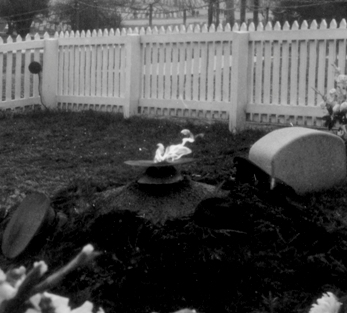
Comments
